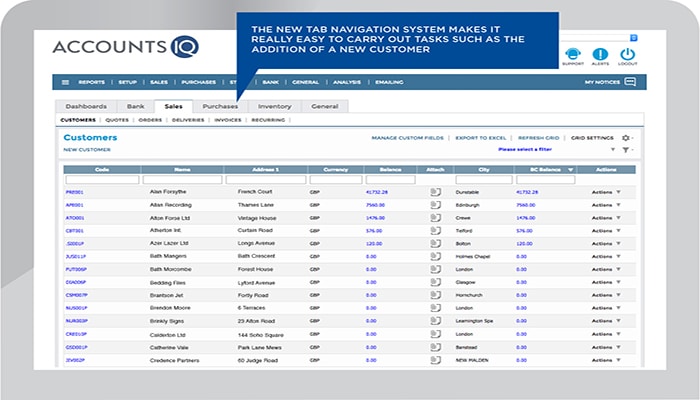

Algae offer many competitive advantages over other feedstocks, including: 1) Higher potential lipid content than terrestrial plants, sometimes exceeding 50% of the cell's dry biomass (U.S. Algae are highly diverse, singleor multi-cellular organisms comprised of mostly lipids, protein, and carbohydrates, which may be used to produce a wide variety of biofuels. Because of algae's ability to potentially address several of these barriers, its use as a feedstock for biofuels has led to much excitement and initiative within the energy industry. fuel' debates) currently limit the penetration of the resultant biofuels into the mainstream. While significant R&D and commercial strides have been made with each of these feedstocks, technical and market barriers (e.g., cost, scalability, infrastructure requirements, and 'food vs. Other feedstocks, such as vegetable oils, are appealing because they contain considerable amounts of lipids, which can be extracted and converted into biodiesel or other fuels. Some feedstocks, such as sugar cane, corn and woody biomass, are targeted because their structures can be broken down into sugars and fermented into alcohols.

The pursuit of a stable, economically-sound, and environmentally-friendly source of transportation fuel has led to extensive research and development (R&D) efforts focused on the conversion of various feedstocks into biofuels.


 0 kommentar(er)
0 kommentar(er)
